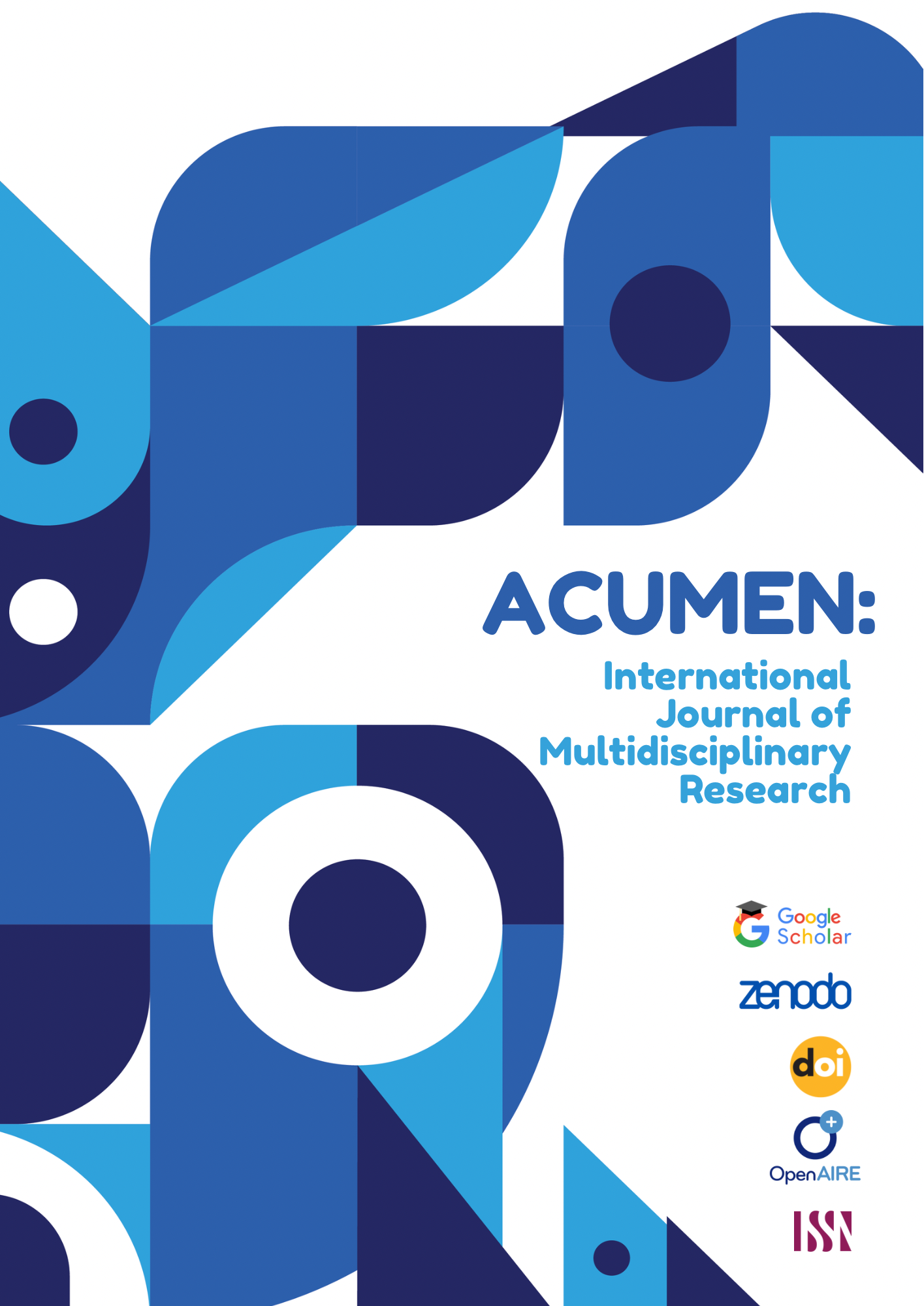TECHNOLOGIES AND METHODS OF TEACHING FOREIGN LANGUAGES
Keywords:
Foreign Language Education, Technology in Language Learning, Digital Learning Tools, Language Learning Apps, Virtual Reality, AI Chatbots, Interactive Whiteboards, Speech Recognition, Gamification, Learning Management SystemsAbstract
This article explores the integration of technology in foreign language education, examining 10 key methods that utilize digital tools to enhance language learning. These methods, which include language learning apps, virtual reality, AI chatbots, interactive whiteboards, speech recognition software, learning management systems, online language exchange platforms, CALL software, gamification tools, and video conferencing platforms, offer unique benefits in developing language skills. The study highlights how these technologies improve engagement, pronunciation, vocabulary retention, and conversational fluency while addressing the challenges of accessibility and implementation. The findings underscore the importance of combining digital tools with traditional teaching approaches for an optimal learning experience.
References
1. Beatty, K. (2013). Teaching and Researching Computer-Assisted Language Learning. Routledge.
2. Chapelle, C. A. (2010). The Routledge Handbook of Technology in Second Language Teaching and Learning. Routledge.
3. Godwin-Jones, R. (2015). "Emerging Technologies: The Evolving Roles of Language Teachers." Language Learning & Technology, 19(2), 10-16.
4. Hubbard, P. (2009). "Computer Assisted Language Learning: Critical Concepts in Linguistics." Language Learning & Technology, 13(2), 1-12.
5. Warschauer, M. & Kern, R. (Eds.). (2000). Network-Based Language Teaching: Concepts and Practice. Cambridge University Press.
6. Levy, M. & Stockwell, G. (2013). CALL Dimensions: Options and Issues in Computer-Assisted Language Learning. Routledge.
Explores the various dimensions of CALL and its practical applications in modern language education.
7. Kukulska-Hulme, A. & Shield, L. (2008). "An Overview of Mobile Assisted Language Learning: Can Mobile Devices Support Collaborative Practice in Speaking and Listening?" ReCALL, 20(3), 271-289.
8. Lin, C.-H., Warschauer, M., & Blake, R. (2016). "Language Learning through Social Networks: Perceptions and Reality." Language Learning & Technology, 20(1), 124-147.
9. McLoughlin, C. & Lee, M. J. W. (2007). "Social Software and Participatory Learning: Pedagogical Choices with Technology Affordances in the Web 2.0 Era." International Journal of Learning and Change, 3(1), 102-115.
10. Wong, L. H., & Looi, C.-K. (2011). "What Seams Do We Remove in Mobile-Assisted Seamless Learning? A Critical Review of the Literature." Computers & Education, 57(4), 2364-2381.





























